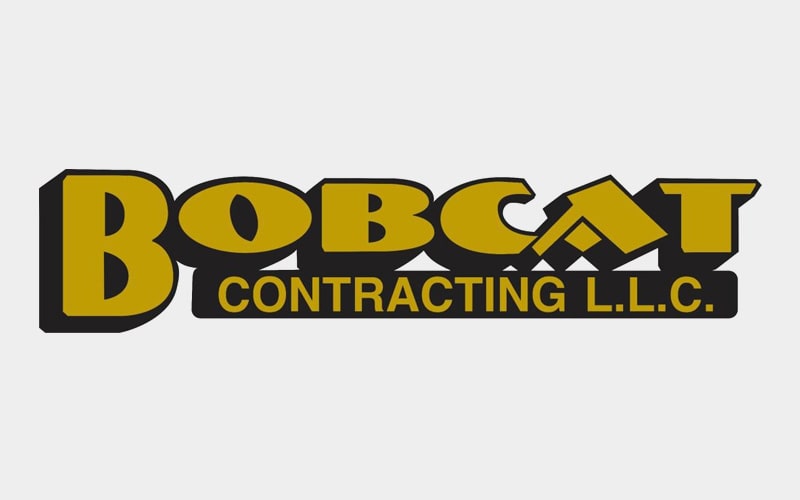
Creating a critical lifting plan when operating a crane is always a very good idea, but it’s necessary when planning a critical lift. As defined by OSHA, a critical lift is any lift which:
-
- Exceeds 75% of the crane’s maximum capacity,
- Involves multiple cranes, and/or
- Requires lifting personnel along with the cargo.
In other words, these are the jobs that are the most dangerous and require the most pre-planning. Professional crane lifting services will always create a detailed critical lifting plan before beginning these sorts of jobs. Here’s how they do it and what critical lift plan requirements there are.
Key Crane Critical Lift Plan Requirements
- Site Examination
Your critical crane lift plan will start with a detailed look at the site. They won’t just look at diagrams but examine the site itself for anything which might disrupt the lift. For example, has it rained lately? They might need to wait for the ground to fully dry, to maximize stability. Either way, much time will be spent ensuring the crane is properly grounded and has the necessary room to move.
- Listing and Verifying the Equipment
The next step of your critical crane lift plan is listing out every piece of equipment which will be needed on-site, then making sure it arrives in proper working order. This will include the crane itself, matting, rigging materials, weather-monitoring gear like an anemometer, and all documentation\paperwork legally required.
- Detailing Crane Requirements and Setup
Then, it’s time to choose the right crane rental company for the job. Professional crane lifting services will have access to dozens of cranes, each having its own handling characteristics and capacity. The crane will be closely inspected to verify proper functioning, and there will be long lists of setup requirements to ensure it’s ready for the job to come.
- Listing and Verifying Personnel
The last major requirement covered by the critical crane lift plan is personnel. These will be selected and briefed well ahead of time. There will almost always be more personnel involved than usual, due to the difficulty of the job. You’ll usually see a:
- Rigger
- Signalperson
- Operator
- Lift Director
- Site Supervisor
All of them will be fully certified, and their paperwork will usually be re-checked just to ensure they are entirely qualified and legal to work the job.
Trust Bobcat as a Safe Crane Rental Company with Your Critical Lifting Plan
Bobcat Contracting is proud to have one of the best safety records in the industry. Contact us to make sure your critical lift is a success.

